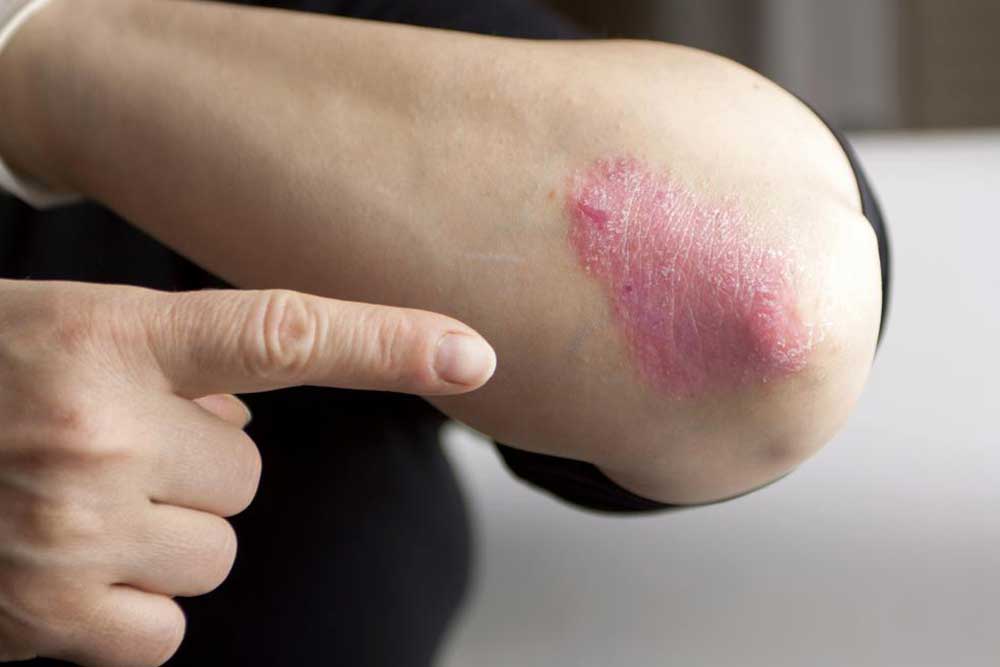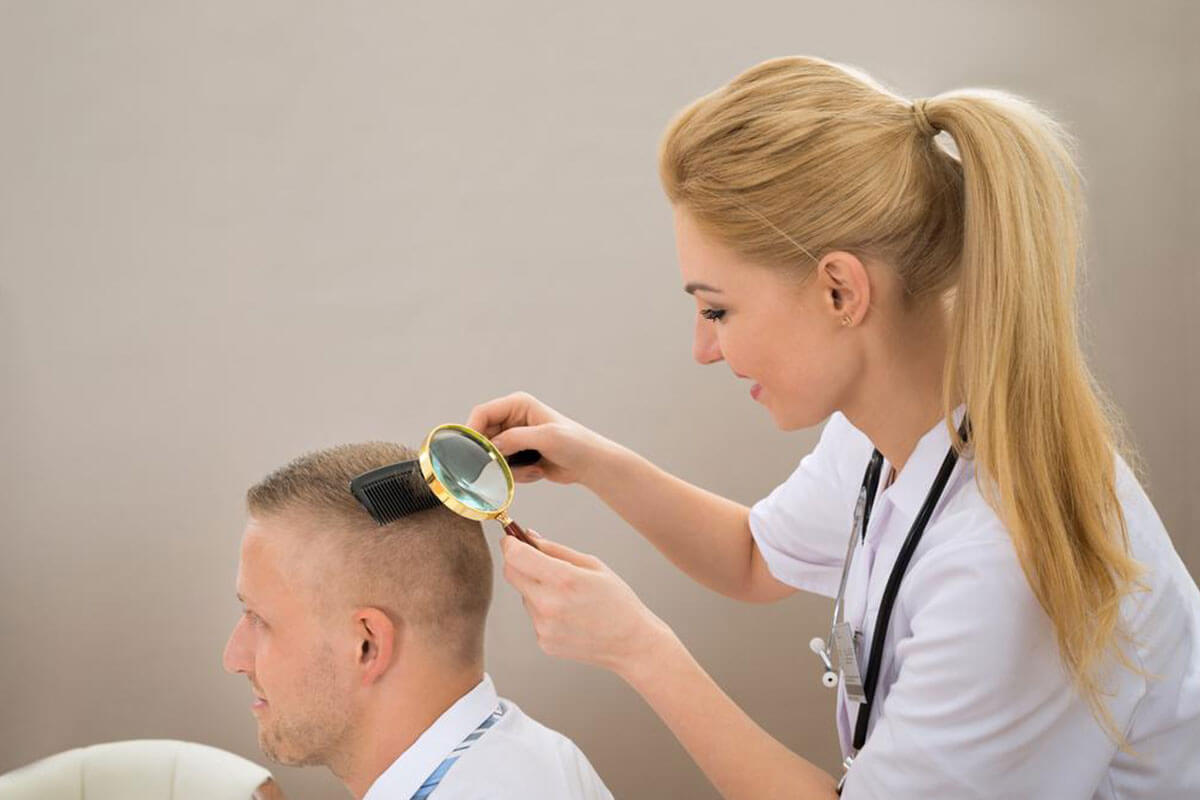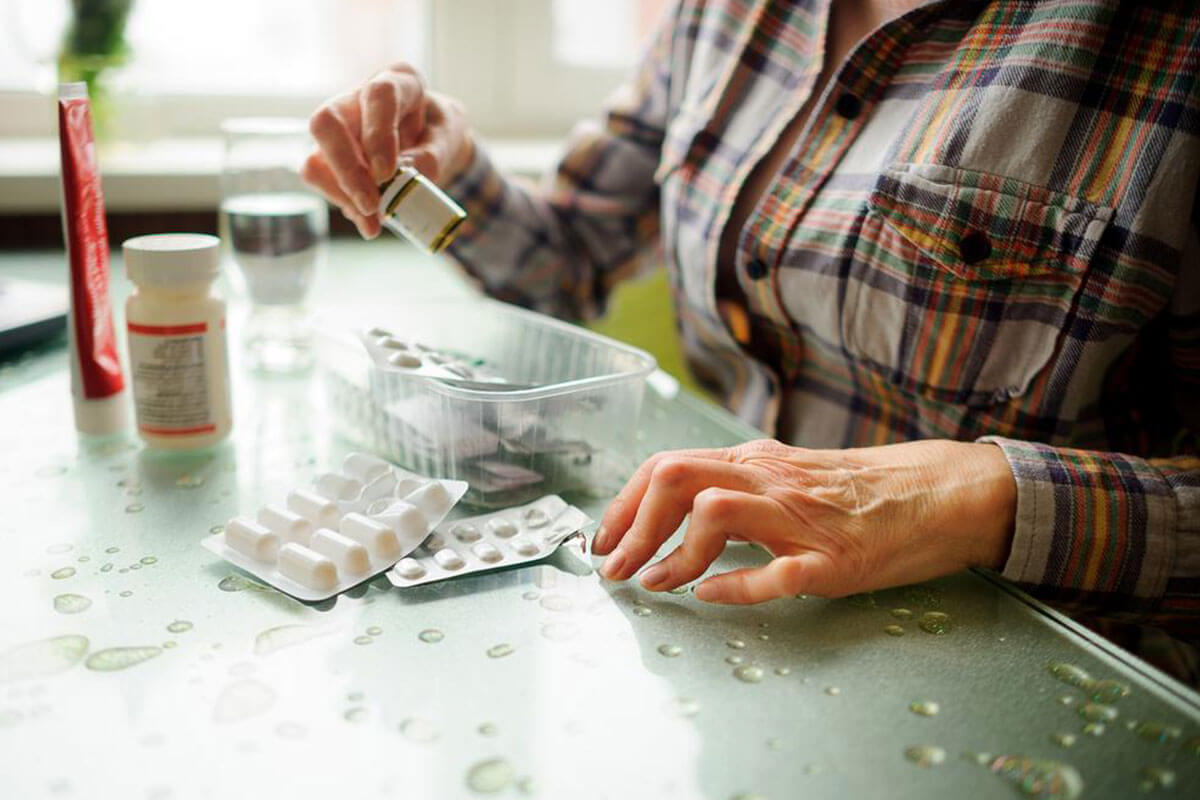Comprehensive Approaches to Managing Severe Cystic Acne Effectively
This comprehensive guide explores effective strategies for treating severe cystic acne, including medical interventions, natural remedies, and dietary adjustments. It offers practical advice on managing symptoms, reducing inflammation, and preventing scarring. The article emphasizes the importance of consulting professionals for personalized treatment plans, combining advanced therapies with home remedies to achieve clearer skin and improved confidence. Perfect for teens and adults dealing with persistent cystic acne, this detailed overview provides a balanced approach to symptom relief and skin recovery.

Comprehensive Approaches to Managing Severe Cystic Acne Effectively
Cystic acne is recognized as one of the most severe and persistent forms of acne, primarily affecting adolescents and young adults. Characterized by deep, painful nodules beneath the skin’s surface, this condition can cause distress, emotional discomfort, and significant skin damage if not properly managed. Understanding how to treat cystic acne effectively involves a combination of medical interventions, lifestyle adjustments, and natural remedies. This article explores in detail the most effective strategies to combat severe cystic acne, helping individuals achieve clearer skin and improved confidence.
Severe cystic acne results from a multifaceted process involving bacteria, excess sebum production, dead skin buildup, and inflammation blocking the hair follicles. These factors contribute to swelling, pain, and the formation of cysts that can often lead to permanent scarring if not treated promptly and correctly. While the process can be slow and challenging, adopting the right treatment plan can greatly reduce the frequency and severity of outbreaks, minimize scarring, and restore skin health.
Medical Treatments for Severe Cystic Acne
If cystic acne persists despite over-the-counter remedies or recurs frequently, it is essential to seek professional help. Consulting a dermatologist is a critical step in receiving tailored treatment options that not only target acne but also prevent scarring and other skin issues. A dermatologist can assess the severity of your condition and recommend personalized therapies that combine modern medical procedures with lifestyle modifications.
Prescription Therapeutic Interventions: Medical professionals may administer corticosteroid injections directly into cysts to drastically reduce inflammation and pain. These injections are quick, minimally invasive, and highly effective for rapid symptom relief. In some cases, dermatologists may drain large cysts using sterile tools to prevent rupture and secondary infections, thereby reducing the risk of scarring. Importantly, patients should avoid attempting to pop or drain cysts at home, as improper techniques can lead to bacterial infections and worsening scars.
Advanced Laser and Light Therapies: Laser treatments, such as Pulsed Dye Laser (PDL) and other light-based therapies, target the bacteria responsible for cystic acne and help diminish inflammation. These therapies also stimulate collagen production, which can help reduce existing scars and improve overall skin texture. Multiple sessions may be necessary to achieve optimal results, and a dermatologist will tailor the treatment plan accordingly.
Complementary Natural and Home Remedies
Alongside prescribed treatments, adopting natural remedies can support the healing process, alleviate symptoms, and soothe inflamed skin. These remedies are generally safe and can be incorporated into daily skincare routines to enhance treatment effectiveness.
Heat Therapy to Relieve Pain and Reduce Swelling: Applying a warm compress to cystic lesions helps to promote drainage, improve blood flow, and ease discomfort. To do this, soak a clean cloth in warm water, wring it out to remove excess moisture, and gently press it on the affected area for 10 to 15 minutes. Repeating this process several times a day can significantly lessen pain and swelling, accelerating healing.
Bidirectional Antibacterial Agents: Tea Tree Oil and Apple Cider Vinegar
- Tea Tree Oil: Known for its natural antibacterial and anti-inflammatory properties, diluted tea tree oil can be applied topically to cystic lesions. Use a cotton swab to apply a small amount of diluted oil, ensuring a patch test beforehand to check for skin sensitivity. Always dilute tea tree oil with a carrier oil, such as coconut oil, to prevent irritation.
- Apple Cider Vinegar: Due to its antimicrobial effects, a mixture of equal parts apple cider vinegar and water can be dabbed onto the skin using a cotton ball. Allow it to sit for 10-15 minutes before rinsing thoroughly. It is advisable to test the skin first for sensitivity, as apple cider vinegar may cause irritation in some individuals.
Soothing and Healing with Aloe Vera: Aloe vera is renowned for its anti-inflammatory and healing properties. Applying fresh aloe vera gel directly from the plant to inflamed cysts can soothe irritation, reduce inflammation, and promote faster tissue repair. The gel can be left on for 20-30 minutes before rinsing. Repeating this process twice daily can support overall skin recovery and reduce scarring risk.
The Role of Diet in Controlling Severe Cystic Acne
Dietary habits significantly influence skin health and the frequency of acne outbreaks. Consuming a balanced, nutrient-rich diet can help manage cystic acne by reducing inflammation and supporting the body's natural healing processes. Some dietary modifications include:
Antioxidant-Rich Fruits: Berries such as strawberries, blueberries, and raspberries contain high levels of antioxidants and vitamin C, helping to combat oxidative stress and inflammation.
Omega-3 Fatty Acids: Nuts like almonds, walnuts, and seeds such as flaxseed and chia provide omega-3 fatty acids, which are essential for maintaining healthy skin and controlling inflammatory responses.
Probiotic-Rich Foods: Yogurt, kefir, and other probiotic foods support gut health, which has been linked to clearer skin due to its role in balancing immune responses and reducing systemic inflammation.
Additionally, reducing intake of dairy products and high-glycemic foods, which can trigger hormonal changes and inflammation, may benefit individuals prone to cystic acne.
Before implementing any new skincare or dietary regimen, consulting with a healthcare professional or dermatologist is crucial for developing a safe, personalized approach to managing severe cystic acne.





